Tuscan Blue Rosemary
$44.50 Original price was: $44.50.$31.15Current price is: $31.15.
- Free Shipping over $25
- Fast & reliable delivery options
- Enjoy top quality items for less
- Multiple safe payment methods

Nothing says ‘southern Europe’ more than rosemary. This Mediterranean shrub finds its way into so many dishes on the table, and the evocative smell that rises when you crush the foliage conjures up real or imagined memories of blue skies, ancient ruins and rugged landscapes. For gardeners it is also a wonderful sun-loving and drought-resistant evergreen shrub that is so attractive and so useful that you want to plant it everywhere. Its blue flowers add a misty aura, and for the best results it always pays to start with the best variety – Tuscan Blue Rosemary.
Tuscan Blue Rosemary grows rapidly into a broad, upright bush, with branches right to the ground, that will be over 3 feet tall. If left untrimmed it could reach 6 feet tall and be 3 to 4 feet across at the base. With trimming it can be kept significantly smaller with ease, so it is versatile too. The stiff branches are covered in small leaves that cling to the stem, and that look like fat pine needles. They are almost spherical, between 1 and 1½ inches long, and just ⅛ of an inch wide. They are dark green, with a roughened texture. The stems are thick at the base, green when young, but developing a dark gray, flaking bark as they age.
When in bloom, the upper parts of the branches are covered in small flowers, which nestle among the leaves. Each flower is small, with two lips like an open mouth, and a beautiful misty blue color. The flowers are attractive to bees. Flowering times are variable – in hot areas plants may flower for months, at any time of year, while in cooler zones most flowering is in spring and early summer.
Growing Tuscan Blue Rosemary Bushes
Tuscan Blue Rosemary is versatile around the garden. It can be planted in beds with other heat-loving shrubs, or by itself in an area of stones and gravel. It can be left to grow into a natural, irregular upright bush, or trimmed to keep it neat, as a specimen or a hedge. This means it can be grown both in more traditional, formal gardens, and also in wilder, natural gardens. There is a lot of interest today in xeric gardening – gardens that never need watering – and rosemary is a perfect plant for this, thriving with nothing at all. It is also a great plant for containers, pots and boxes, so that a plant can be kept near the kitchen door, or in colder areas brought into a sunny, cool space for the winter months.
Planting Location
Tuscan Blue Rosemary can be grown outdoors in all warmer zones, from 8 to 11. It will grow best in drier, well-drained soil. It is very suitable for alkaline soils and in limestone areas, and it grows well in rocky ground. It will also grow in ordinary garden soils, but don’t enrich the soil, or water too much, as wet conditions are harmful to this plant. Plants in containers do best in clay or concrete pots with drainage holes, in soils blended for succulent plants and cactus. Plant in full sun, because rosemary loves hot places, growing well even in semi-desert areas. It also grows well in coastal areas, and it is highly-resistant to salt-spray and ocean mist.
Care and Maintenance
Once established it is totally drought-proof, and older plants will survive months and months of dryness. You can grow rosemary as a natural, un-pruned bush, but it can also be pruned and trimmed into hedges and more formal mounds and cones, in the ground or in pots. If you plan to trim, do it regularly. Plants respond quickly to trimming of young shoots, and re-sprout densely. But if you cut back into older stems plants are slow to recover, and may die, so trim often, but lightly.
History and Origins of the Tuscan Blue Rosemary Bush
Tuscan Blue Rosemary is a form of the rosemary bush, Rosmarinus officinalis. The name means ‘dew of the sea’, from the Latin words, ‘ros’ (dew) and ‘marinus’ (sea), because the plant is found along the seashore. The Latin world ‘officinalis’ means the plant is used for some medicinal purpose. The rosemary bush grows wild all around the Mediterranean Sea, in Spain, France, Italy, Greece, the Middle East and throughout North Africa. It has been cultivated for centuries as a flavoring, a tea, and for medicinal uses, such as improved digestion. Claims are often made for its use for more serious medical problems, but there is no scientific basis for these claims. It is essential in the kitchen for many Mediterranean dishes, and it is used for flavoring everything from breads and salads to roast potatoes and lamb.
Tuscan Blue Rosemary is the classic full-sized rosemary bush for landscape uses. Other forms are often smaller, and much less suitable for regular garden use. Avoid cheaper plants simply labelled ‘rosemary’, and instead go for the best plant available. There is enormous interest in this plant for cooking and for modern gardening, including xeric gardens, so our stock will soon be gone. Order now, because no garden is complete without a rosemary bush.
Be the first to review “Tuscan Blue Rosemary” Cancel reply
Related products
Knock Out® Roses
Butterfly Bush
Ornamental Grasses
Boxwood Shrubs
Butterfly Bush
Hydrangeas
Boxwood Shrubs
Lilacs



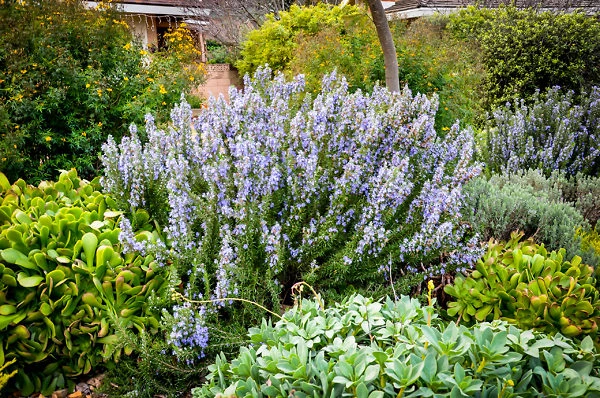



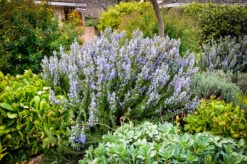
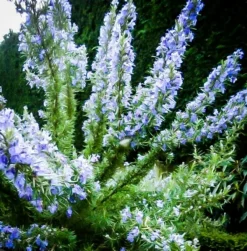




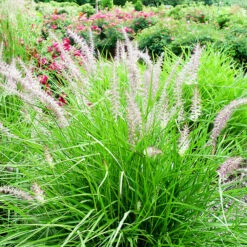
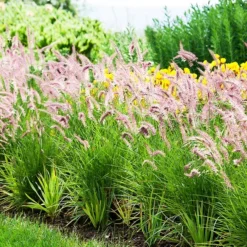



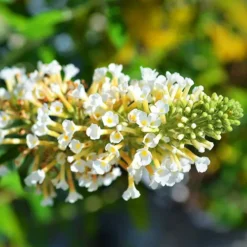
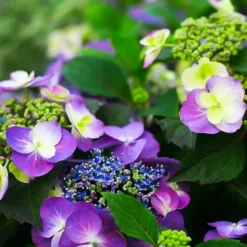
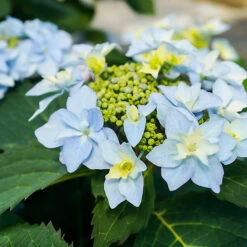


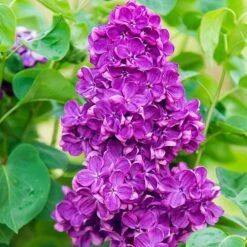
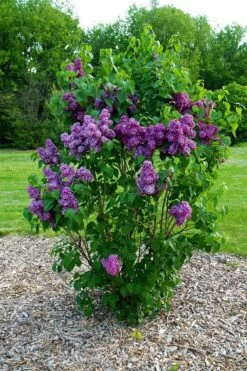
Reviews
There are no reviews yet.